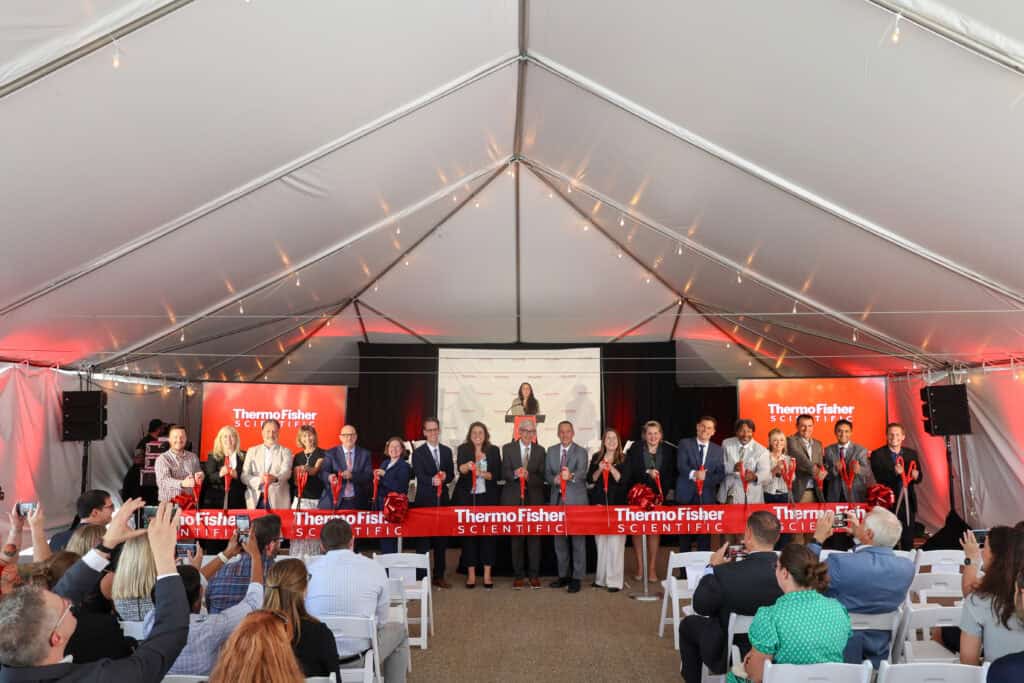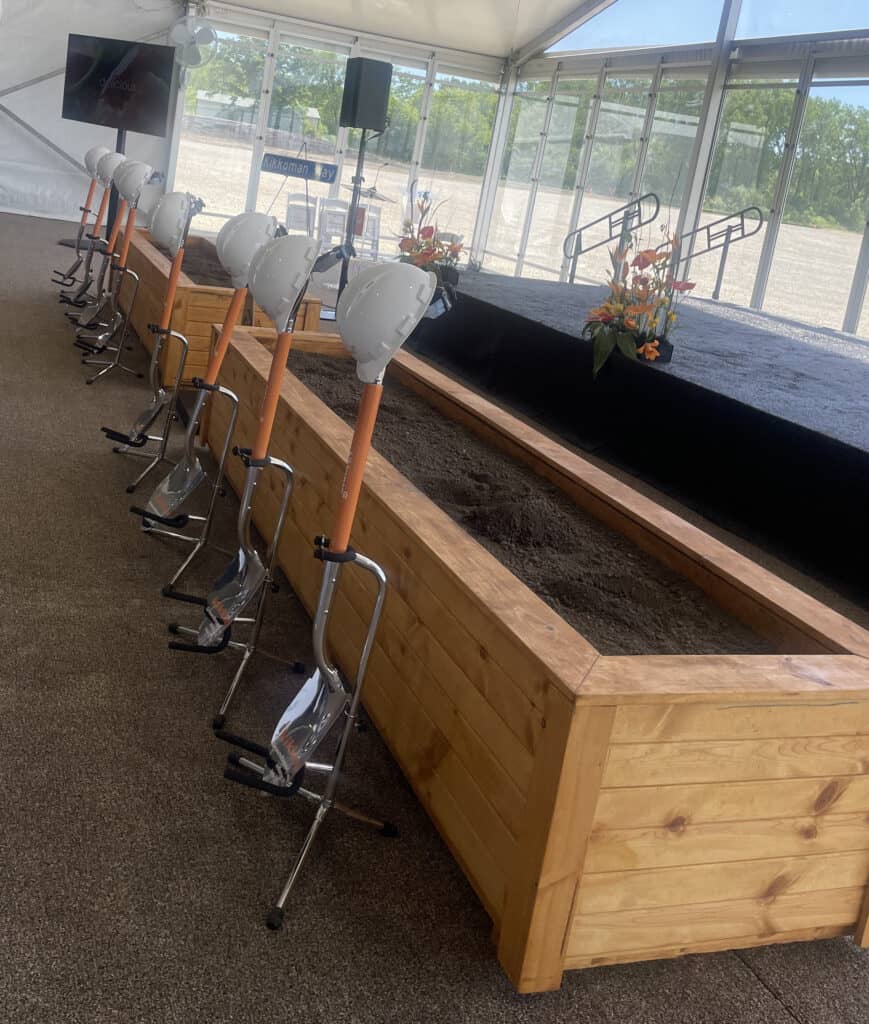The announcement that Wisconsin has been officially designated as a U.S. Regional Tech Hub is a game-changer for the state’s biohealth and personalized medicine sectors. This milestone brings with it a $49 million federal grant designed to boost research, innovation, and job creation. For biohealth industry professionals, investors, and site selectors, this news marks a significant step forward in establishing Wisconsin as a leader in cutting-edge health technologies. Read on to discover how this development will impact the region and what you can expect in the coming years.
Today’s Announcement and its Impact on Wisconsin
The U.S. Economic Development Administration (EDA) has approved $49 million in Phase 2 funding for the Wisconsin Biohealth Tech Hub. This approval is part of the Regional Technology and Innovation Hubs program and positions Wisconsin as one of just 12 Tech Hubs across the nation to receive such funding. The announcement is a testament to the state’s growing influence in the biohealth sector and its potential to lead in personalized medicine.
Madison Region’s Growing Role as a Biohealth Leader
For the Madison Region, this designation means significant economic growth and job creation. The Tech Hub is projected to create up to 30,000 jobs over the next decade and generate $9 billion in economic activity. The Madison Regional Economic Partnership (MadREP) will play a crucial role in these developments, working alongside other consortium members to implement technology and workforce projects.
MadREP will be instrumental in coordinating efforts between public and private partners. This includes managing projects that span from health data analytics to mobile cancer screening initiatives. By leveraging its local expertise and industry connections, MadREP will ensure that the Madison Region fully capitalizes on this opportunity.
“This is a landmark achievement for Wisconsin’s Madison Region,” said MadREP CEO Jason M. Fields. “The $49 million in funding will not only bolster our biohealth capabilities but also set the stage for long-term economic growth and job creation. We’re excited to be part of the team leading this charge and demonstrate the power of collaborative innovation.”
Madison is already well-known for its concentration of bioscience companies. This sector has been a driving force behind the regional economy, supporting thousands of high-paying jobs and fostering innovation. The new funding will only strengthen this sector, providing resources to expand lab space, enhance research capabilities, and improve manufacturing coordination.
What’s Next for Wisconsin?
Looking ahead, Wisconsin and the Madison Region will focus on several key projects to advance personalized medicine and biohealth technologies. These include:
- Wisconsin Health Data – Led by UW-Madison, this project aims to accelerate product development and improve clinical treatments through personalized health data.
- CAREScan Mobile Cancer Screening – Managed by the Medical College of Wisconsin, this initiative will deploy mobile screening units to increase early cancer detection rates.
- Image-Guided Personalized Therapies – Overseen by GE Healthcare, this project will integrate AI and personalized health data to develop new therapeutic technologies.
These projects are expected to have a far-reaching impact, not just in terms of healthcare outcomes but also in driving economic development. By fostering innovation and collaboration among various stakeholders, Wisconsin aims to set a new standard in biohealth technology.
Engaging the Biohealth Community
MadREP is committed to fostering a sense of community among economic developers and biohealth professionals. Are you an ED pro? Stay tuned for announcements about upcoming events where you can learn more about the Tech Hub’s initiatives and how you can get involved. Sign up today to stay updated on all the latest news and opportunities.
Call to Congress
While today’s announcement is a significant achievement, the work is far from over. The Chamber and consortium members call on Congress to fully fund the Regional Technology and Innovation Hubs program to its authorized amount of $10 billion. This additional funding is crucial to maximizing the program’s potential and ensuring sustained innovation and economic growth.
Final Thoughts
The designation of Wisconsin as a U.S. Regional Tech Hub is a monumental step forward for the state’s biohealth sector. With $49 million in federal funding and the promise of creating thousands of jobs, the future looks incredibly bright for the Madison Region. This achievement underscores the importance of collaboration, innovation, and strategic investment in driving economic growth and improving healthcare outcomes.
The Wisconsin Biohealth Tech Hub is set to revolutionize the industry, and we invite you to be part of this transformative journey. Sign up today to get involved and make a lasting impact.
For further details, visit the Wisconsin Tech Hub website and stay connected with the Wisconsin Biohealth Tech Hub community.




